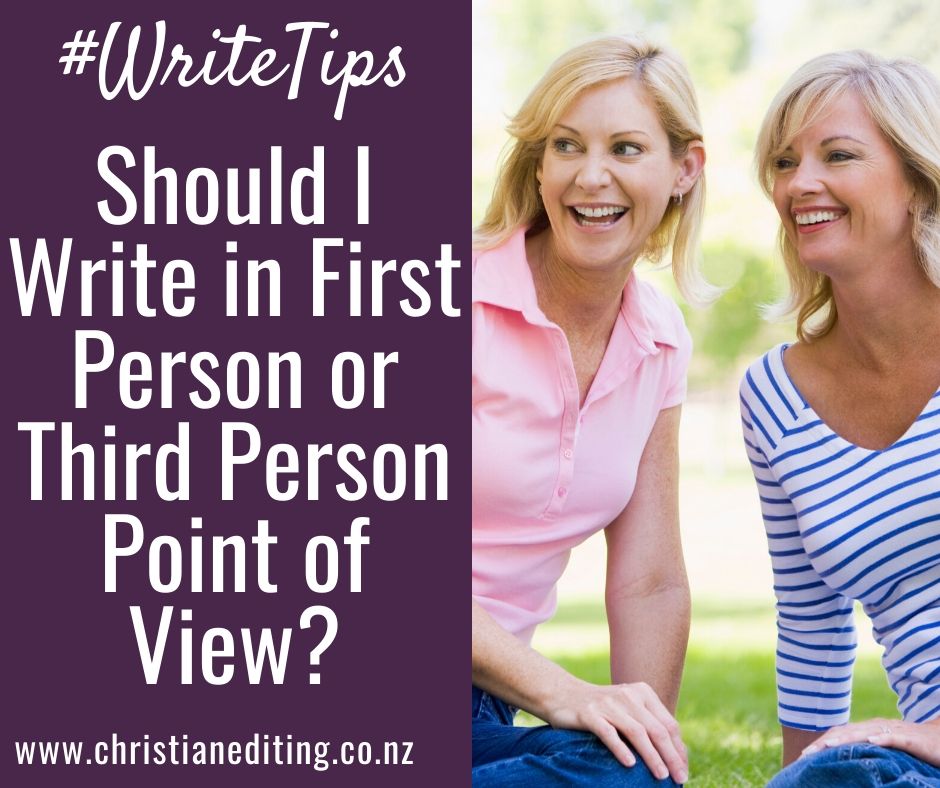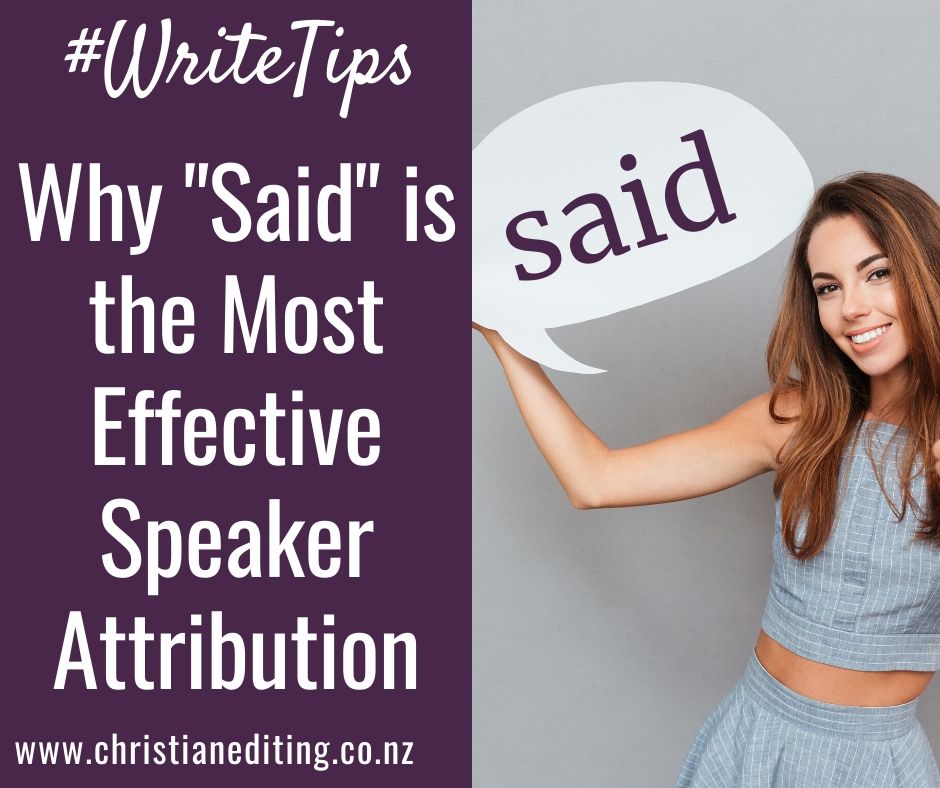Most writers know the basics of capitalization: we should always capitalize the first word in a sentence, and we also capitalize personal names, place names, and other proper nouns. Today, I’m looking at some other common questions around capitalization:
- Brand names
- Christian Terms
- Nicknames
- Organization names
- Racial or ethnic identity
- Titles
- Other Uses
Brand Names
Capitalize brand names to be consistent with the brand trademark, i.e. use standard capitalization for Samsung, but nonstandard for iPhone.
Christian Terms
Most dictionaries only include basic Christian terms, which can leave Christian authors and editors scratching their heads when it comes to capitalizing terms referring to God. The Christian Writer’s Manual of Style includes a comprehensive section on capitalization of Christian terms. If you edit for Christian writers, The Christian Writer’s Manual of Style is a must-have.
The main question that comes up around capitalizing Christian terms is Should we Capitalize Pronouns Referring to God or Jesus? (also known as deity pronouns). The answer? It depends. Either is acceptable, as long as you are consistent.
Other common Christian terms include:
- Church is capitalized when part of a name (e.g. St. Peter’s Church, New Life Church, the Roman Catholic Church), but not when used more generally (the church as the people, the building, or a service).
- The devil is usually lowercase, but his name is capitalized.
- The names of God are generally capitalized (e.g. the Most High, but heavenly Father).
- The Word is capitalized when referring to the Word of God, Word of Life, Word of Truth, or when referring to Jesus (e.g. as the Word made flesh).
Note that individual publishers will have their own style guide. If so, that will prevail. I once worked with a client who didn’t capitalize any term referring to the devil. He said it was because he didn’t want to give the devil any honor (although that’s not why we capitalize proper nouns). I have seen a niche Christian publisher with the same policy.
Nicknames
A nickname, epithet, sobriquet, or soubriquet is a descriptive word or phrase used instead of or as part of a person’s name. We capitalize people’s names, so it makes sense that nicknames are also capitalized.
However, terms of affection or endearment are not capitalized. The challenge is therefore to decide whether the term you’re using is a nickname or a term of affection.
In general, a word is considered a nickname if it refers to one specific person. Famous examples include Twiggy, Babe Ruth, Capability Brown, and the Iron Lady. You may or may not know the given name of these people, but you know who they are and why they are famous. These terms are therefore nicknames or sobriquets, as they refer to one specific person. However, someone might be described as looking like Twiggy, or acting like the Iron Lady.
In contrast, terms of endearment or affection such as “dear” or “son” are not unique. The Christian Writer’s Manual of Style considers such names to be terms of affection:
“… unless they are used so often as to have the force of a nickname.”
So when might a term of endearment become a nickname? For example:
- If you’re writing biblical fiction that features God, Jesus, and their relationship, then it would be appropriate for God to call Jesus “Son” rather than “son.”
- If you’re writing a speculative fiction story set in a society with only one male, then his mother might call him “Son” as he would be unique in that setting.
- If your character was named Sonny, then “Son” would be capitalized because it is a shortened form of his proper name.
- If you were writing an allegorical novel, then you may capitalize “Son” when referring to the Jesus figure—The Christian Writer’s Manual of Style suggests always capitalizing “Son” when referring to Jesus.
In that final example, capitalizing “Son” will be a subtle hint to readers that this character is the Jesus figure … which is why it’s important not to capitalize “son” if it’s merely being used as a term of endearment. If you do, the reader might read more into the capitalization than intended.
Finally, some nicknames are portmanteau terms, where parts of two names are combined into a single nickname that refers to a specific couple. Examples include Brangelina (Brad Pitt and Angelina Jolie) and Bennifer (Ben Affleck and Jennifer Lopez).
Are brand names, Christian terms, nicknames, or terms relating to racial or ethnic identity capitalized? #WriteTip #Grammar Share on XRacial or Ethnic Identity
Terms referring to racial or ethnic identity are usually capitalized. For example, my background is Welsh and English, and I’m a New Zealander (colloquially, a Kiwi). These are all capitalized: a kiwi (lowercase) is a brown flightless bird.
The exception to this rule has typically been when discussing color: style guides such as The Chicago Manual of Style (CMOS) have historically advised writers to use lowercase for terms such as black, brown, and white (see CMOS 8.38).
However, the Chicago Manual of Style and Associated Press now both state that black is lowercase when referring to a color, but capitalized when referring to a person or people group who identify as Black.
Note that writers should refer to Black people, not Blacks (which is considered derogatory).
Organization Names
Organization names are capitalized when written in full, although we don’t capitalize the articles, prepositions, and conjunctions. For example:
- the Ministry of Health
- the University of Auckland
The generic version is lowercase:
- the ministry
- the university
Titles
Titles are capitalized when referred to in full. For example:
- Queen Elizabeth, but the queen (or the Queen in the Commonwealth).
- President Abraham Lincoln, but the president.
A title used alone may be capitalized when used in direct address. For example:
- Ladies and gentlemen, the President.
- Yes, Captain.
Other Uses
We occasionally use capitals to indicate humor, irony, or for emphasis:
The memory of The Ice Cream Incident sucked her confidence.
The key is “occasionally”. As with any writing technique, capitalization for irony or emphasis can become tedious to read if used too often:
- Using capitalization for irony can feel like the equivalent of asking the reader if they’ve got the joke.
- Using capitalization for emphasis has the same issues as using italics for emphasis, or overusing exclamation marks!
My suggestion is to capitalize no more than two terms for emphasis.
Capitalize other words in line with dictionary usage.
Have I missed anything? What other questions do you have around capitalization?












